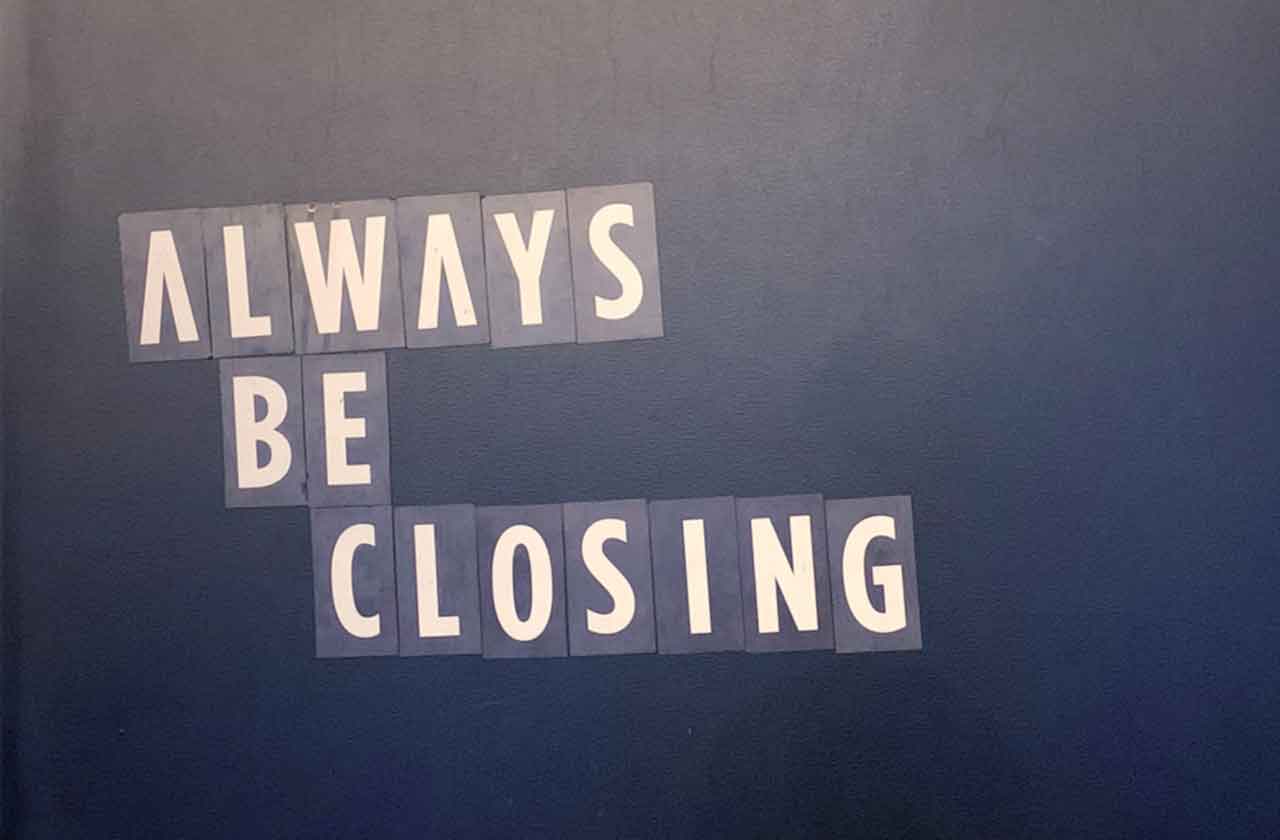Your approach will shift based on the prospect with whom you’re engaging and what their needs are. But this curated list of tried-and-true methods of sales closing techniques will provide a template of what strategies to deploy and when.
1. Assumptive close
This is a true power move that requires confidence in yourself and your product. In the “assumptive sales close,” you move forward under the assumption that the prospect wants to buy and that the deal is pretty much done. Instead of asking them if they’re ready to buy, you’ll ask how many products they would like or when the solution could be implemented. The key here is to be assertive without being aggressive, which can ruin the rapport and scare the prospect off. It’s also important to make sure the assumptive close happens right after you’ve driven home the benefits of your offer so it’s fresh in the prospect’s mind.
2. Puppy Dog Close
This sales close technique comes from the idea that if a pet store offered to let you “test a puppy out” and take it home for a few days, you would fall in love with it and never return it. In a puppy dog close, offer a free trial of your product with no strings attached. The hope is that the prospect finds your product so indispensable that after their little test drive, they can’t bear to part with it.
3. Scale Close
This is also referred to as the gauge close. You take the prospect’s temperature by simply asking them point-blank how interested they are in your product. (Ex: “On a scale of one to 10, with one being ‘Let’s end this conversation now’ and 10 being ‘Let’s get this solution implemented on Monday,’ how likely are you to move forward with purchasing?”) The scale close does two things: It lets you know if you’ve been effectively communicating the value of your product and also gives you an opportunity to address any objections they might not have shared with you.
“I would say that curiosity is key. You need to always be asking questions,” said Francois Carle, a strategic account executive at Schneider Electric who has worked in sales for 28 years. “You need to be curious about what they’re trying to achieve and drill down into what their challenges are. The risk of a conversation going nowhere is strong if you aren’t listening.”
4. Scarcity close
Also known as the now-or-never close, the scarcity sales close leverages good old-fashioned FOMO (fear of missing out) to get a prospect to buy. You sweeten the deal with a discount or an added benefit to the prospect, but only if they act now and make a purchase. This mainly works when the prospect is sincerely interested in buying, but needs a small nudge to get to yes.
5. Takeaway Close
This technique capitalizes on people’s desire for things that they can’t have, also known as reverse psychology. Note that your solution “might not be a good fit” for them or that their company “may not qualify for your solution like other companies have.” The takeaway close is effective because you’re doing the opposite of what a salesperson typically does, which is sell, so the prospect doesn’t expect it. Similar to the scarcity close, this tactic only works if the prospect has already established interest in your product but hasn’t pulled the trigger on buying.
6. Summary Close
Sales cycles can be long, especially for B2B selling. A prospect who’s juggling conversations with different vendors about different products might not remember all the great things your solution has to offer. In a summary sales close, you review the features of the product and how it will help meet their needs. It gives the prospect one more time to really envision what your product might accomplish for them before making a decision.
Which sales closing techniques have worked for you or what techniques has someone used that you did not like?

